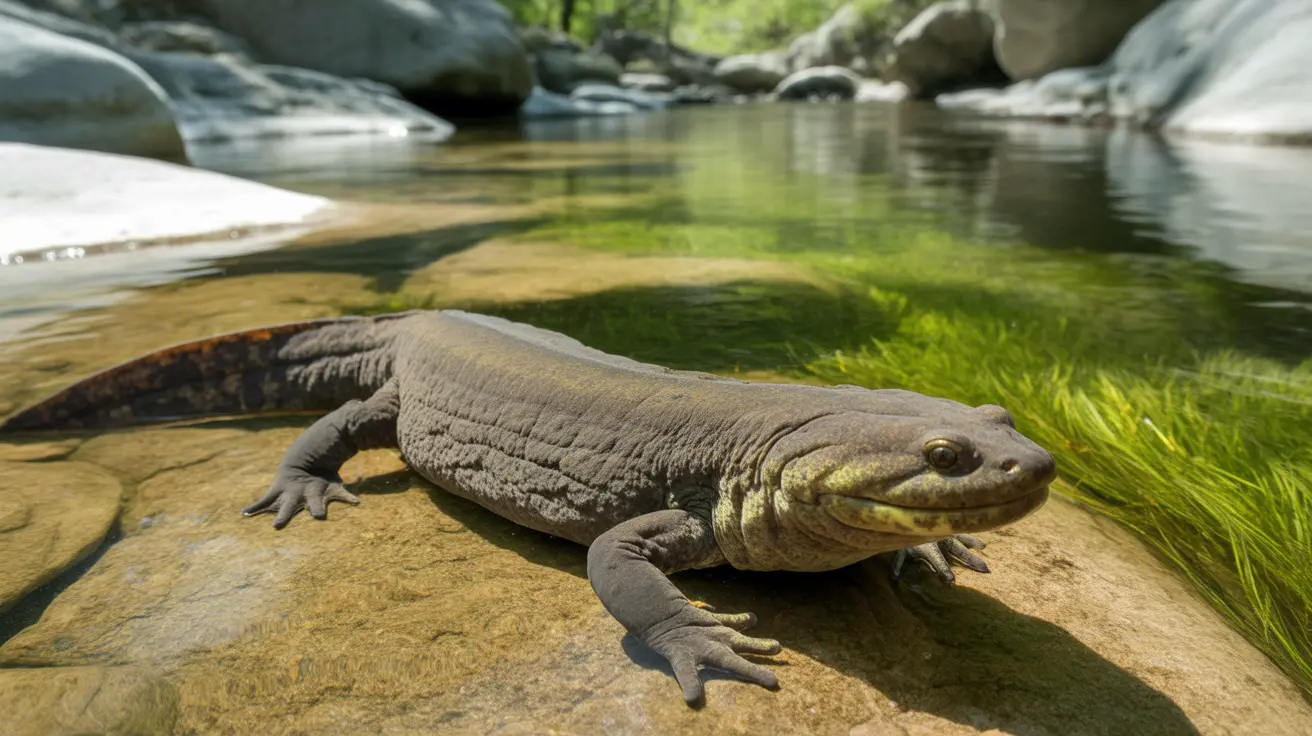Arkansas's diverse wildlife faces unprecedented challenges, with several native species fighting for survival. The Arkansas endangered animals situation has become increasingly concerning, prompting conservation experts and wildlife authorities to implement robust protection measures through various programs and initiatives.
The Natural State's unique ecosystems, from the Ozark Mountains to the Mississippi Delta, harbor several threatened species whose existence hangs in the balance. Understanding these endangered species and their challenges is crucial for ensuring their survival for future generations.
Key Species at Risk
Red-cockaded Woodpecker Conservation
The Red-cockaded Woodpecker represents one of Arkansas's most pressing conservation challenges. These remarkable birds require mature pine forests for their survival, making them particularly vulnerable to habitat changes. The species faces significant pressure from modern forestry practices and the loss of old-growth pine ecosystems.
Ozark Hellbender Habitat Restoration
The Ozark Hellbender, a unique salamander species native to Arkansas's waters, faces multiple threats in its aquatic habitat. Water quality degradation and habitat alterations have severely impacted this species, making it a priority for conservation efforts. Stream restoration projects and water quality improvements are essential components of protection strategies.
American Burying Beetle Status
This fascinating insect species has experienced dramatic population declines across Arkansas. Conservation efforts focus on protecting their remaining habitat and understanding the factors contributing to their disappearance from historical ranges.
Arkansas Wildlife Action Plan Implementation
The state's comprehensive Wildlife Action Plan serves as a roadmap for protecting these endangered species. This strategic approach includes:
- Habitat preservation and restoration
- Population monitoring
- Collaborative conservation efforts
- Scientific research initiatives
Conservation Programs and Initiatives
Arkansas Private Land Wildlife Conservation
Private landowners play a crucial role in wildlife protection. Through programs like Acres for Wildlife Arkansas, property owners can contribute to conservation while maintaining their land's productivity. These initiatives provide technical support and guidance for habitat improvement projects.
Arkansas State Wildlife Grants
These grants fund essential conservation work, supporting:
- Species monitoring programs
- Habitat restoration projects
- Research on threatened species
- Community education initiatives
Frequently Asked Questions
What are the most endangered animals in Arkansas and why are they at risk?
Arkansas's most endangered animals include the Ivory-billed Woodpecker, Red-cockaded Woodpecker, Ozark Hellbender salamander, and American Burying Beetle. They face threats primarily from habitat loss, pollution, invasive species, and climate change.
How does the Arkansas Wildlife Action Plan help protect endangered species?
The Arkansas Wildlife Action Plan prioritizes species of greatest conservation need, guiding habitat restoration, invasive species control, and reintroduction projects to prevent species from reaching critical endangerment.
What can private landowners do to support wildlife conservation in Arkansas?
Private landowners can participate in programs like Acres for Wildlife and Conservation Incentive Program, which provide technical support and sometimes financial assistance to improve wildlife habitats without retiring productive land.
Moving Forward with Conservation
The future of Arkansas's endangered species depends on continued dedication to conservation efforts and public awareness. While challenges remain significant, the combination of scientific research, habitat protection, and community involvement offers hope for these threatened species.
By understanding and supporting these conservation initiatives, we can all contribute to protecting Arkansas's unique wildlife heritage for future generations. The success of these programs relies on ongoing cooperation between government agencies, private landowners, and conservation organizations working together to ensure the survival of these remarkable species.






